The RHS: 220 years of horticultural genius
The RHS is best-known for its shows and gardens but it's the work behind the scenes which has made the biggest mark. Tiffany Daneff pays tribute to a remarkable institution as it reaches a major milestone.
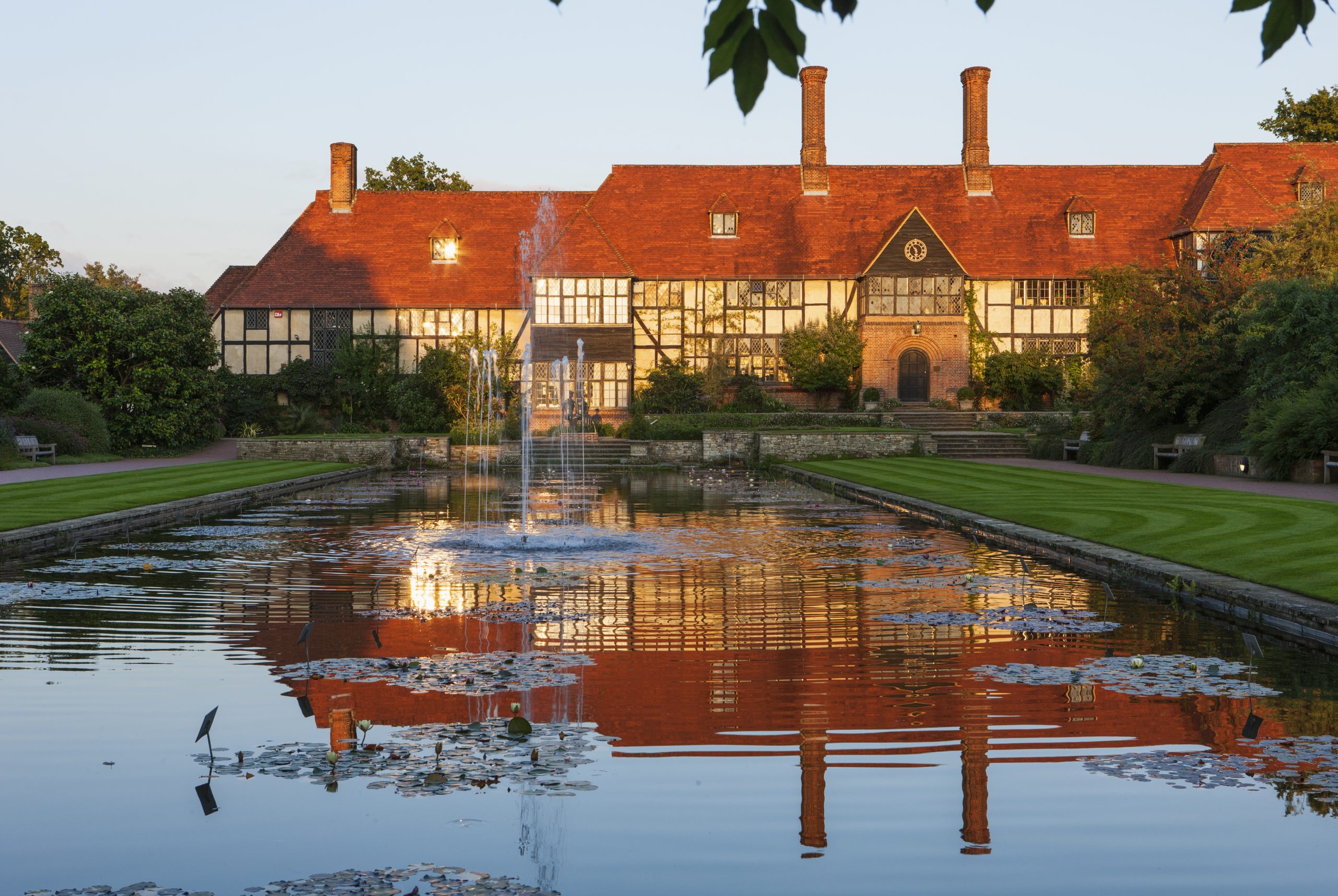
Two hundred and twenty years ago this month, the Royal Horticultural Society (RHS) was founded, originally as the Horticultural Society of London, at a meeting of seven men that included the great plant collector and botanist Sir Joseph Banks and horticulturist John Wedgwood (son of Josiah). The aim of this small, learned society of garden enthusiasts, professional gardeners and nurserymen was to share their knowledge with the wider public.
Back then it cost three guineas to become a member and two guineas annual subscription — equivalent to £2,500 and £1,600 respectively — so not exactly open to all. Indeed, women were not allowed to join until 1830. Today, the RHS has more than 600,000 members and, through the RHS gardens and numerous RHS flower shows that are now held all round the country, we are regularly introduced to wonderful new plants and new ways of planting and designing gardens.
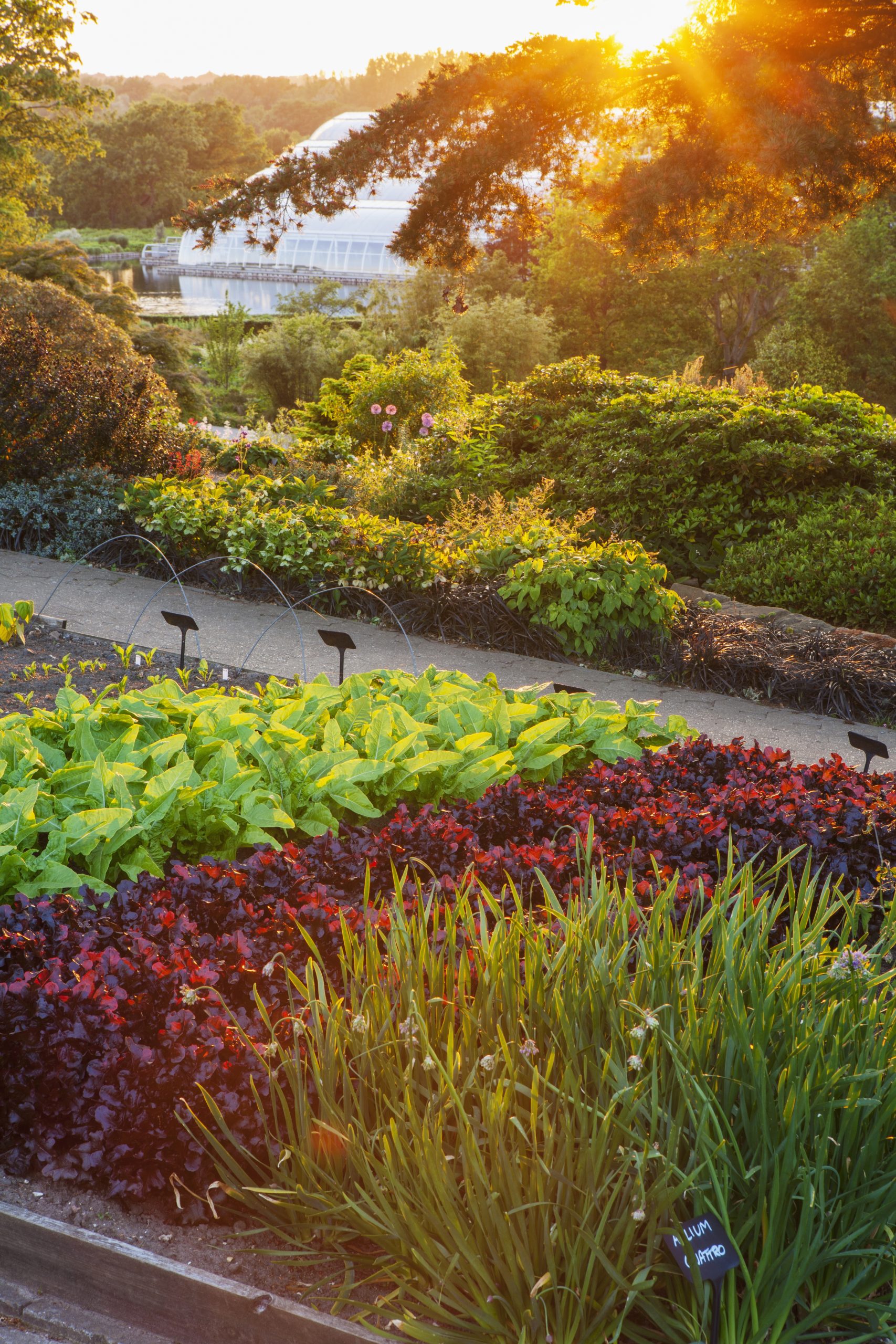
However, it is the expert advice that is so invaluable and is often less well known among us ordinary mortals. The RHS field trials are a case in point. These often take place over several years and focus on a single type of plant, all of which are grown in the same conditions and are regularly observed by the society’s plant experts — magnificently knowledgeable people who give their time freely as members of the seven RHS Plant Committees.
At the end of each trial, the results are published online and are free to all. Anyone wondering which dahlia or grape hyacinth to plant can do no better than to check the results of these two trials that conclude this year (as do trials on red roses, diascia and salvias, among others.)
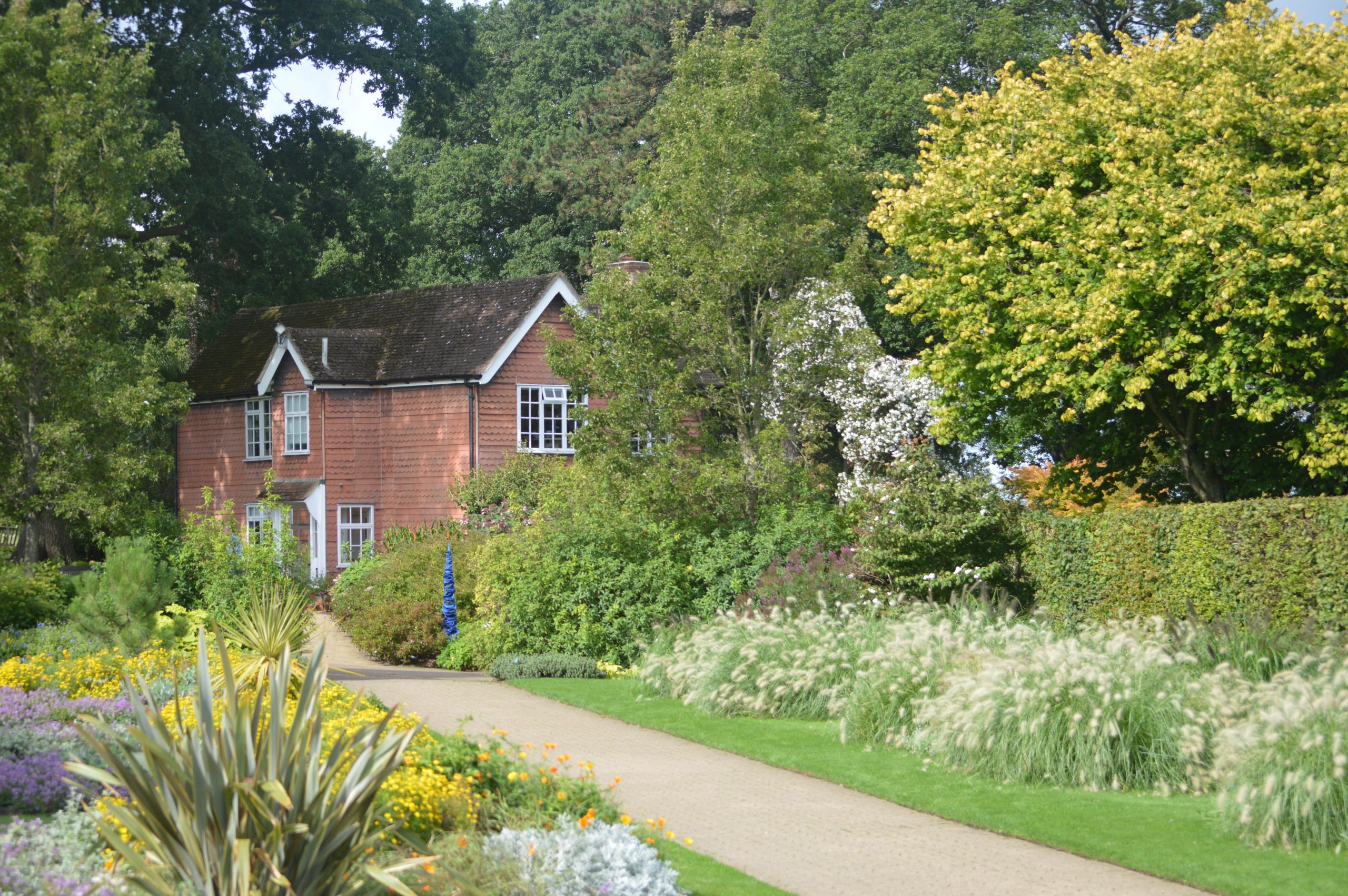
The quarterly The Plant Review is an RHS publication of which those seven founders would be proud. This wonderful magazine is filled with learned articles and reports on everything from newly discovered species (this month, we learned about underground trees that grow beneath the Angolan Kalahari desert and a long-lost blue orchid Dendrobium azureum) to a meditation on polyanthus primroses prompted by a botanising trip in the Peak District.
Then there is the RHS Plant Finder, a book (also available online) that is the international arbiter when it comes to correctly naming and identifying plants, as well as listing which nurseries supply them. Some of the greatest brains in both the horticultural and botanical worlds, gathered together in the RHS Nomenclature and Taxonomy Advisory Group, discuss behind closed doors — often heatedly — whether plants have been assigned to the correct genus.
This is the science that underpins all the society’s work and without its rigour and its brilliant proponents we would be lost among the more than 391,000 known plant species. Here’s to another 200 years and more of botanising brilliance and horticultural knowhow.
Sign up for the Country Life Newsletter
Exquisite houses, the beauty of Nature, and how to get the most from your life, straight to your inbox.
RHS Chelsea Flower Show 2023: 30 amazing images from the world's greatest flower show
From a real-life flower fairy to a giant stone sculpture, here are some of the wonders on display at the
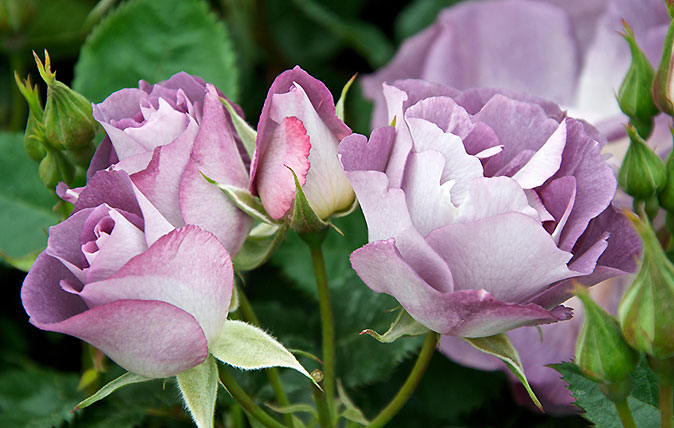
Ultimate guide to growing roses: What to plant, where to plant it, and why you really don’t need to prune
Charles Quest-Ritson, author of the RHS Encylcopedia of Roses, tells you everything you need to know about growing roses.
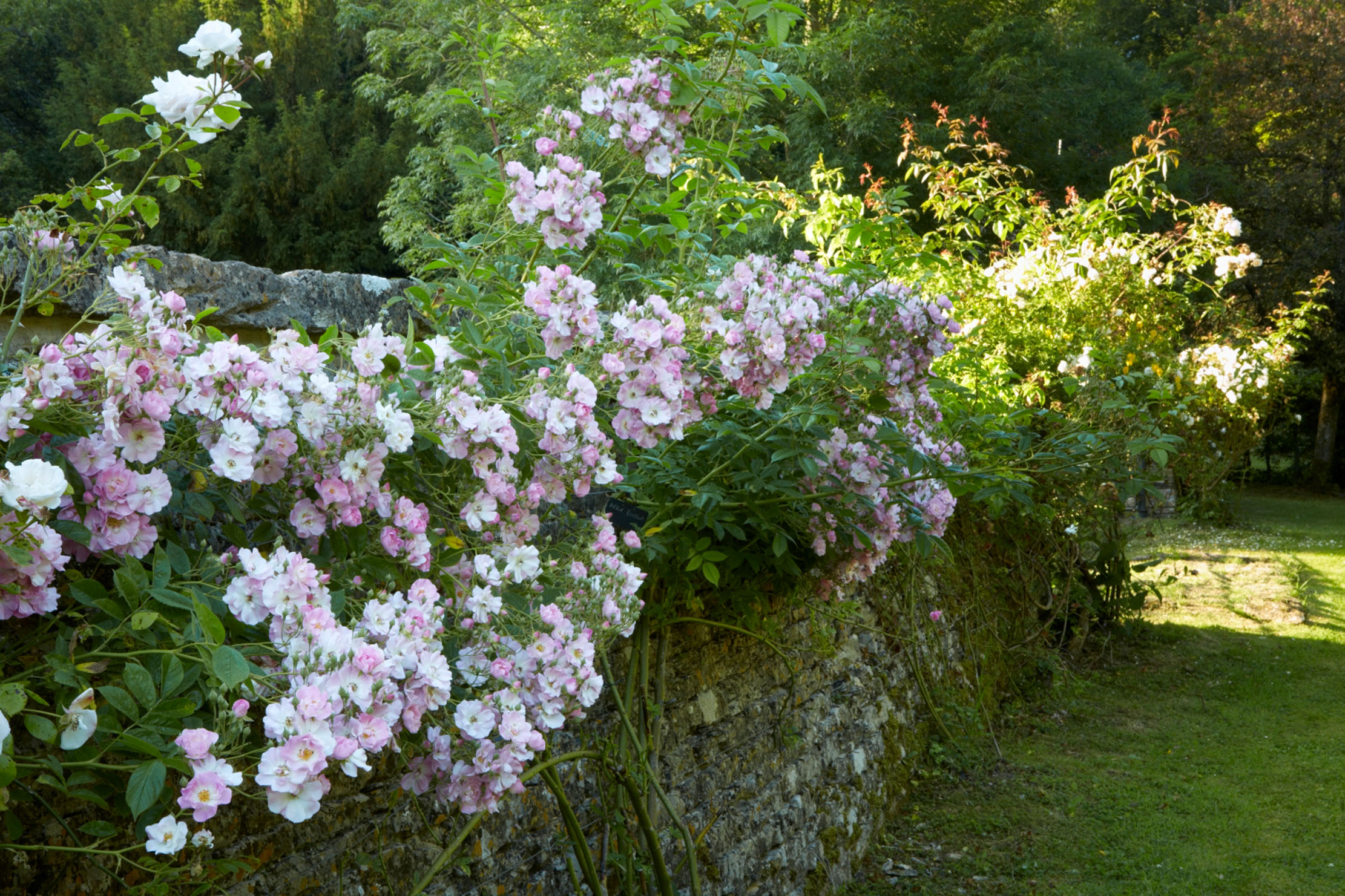
How the 'greatest gardener ever' helped make British roses as we know them today
Charles Quest-Ritson, author of The RHS Encyclopedia of Roses, on Graham Stuart Thomas, how he nurtured British roses, and why
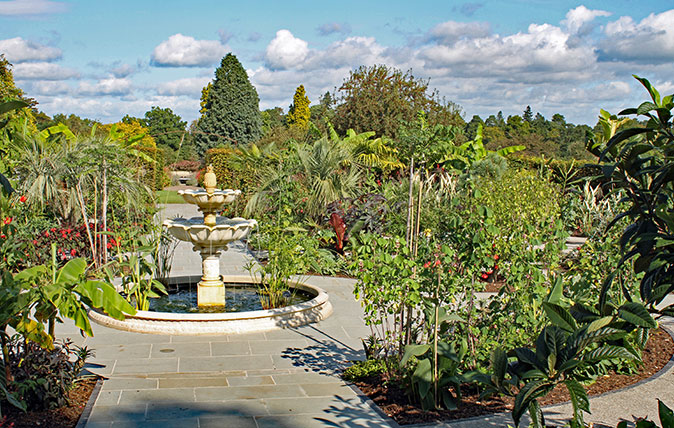
Tropical fruit and palm trees in deepest Surrey? Why they’re going bananas at Wisley
A newly-planted exotic garden at RHS Wisley has torn up the rule book – it's a bold gamble for a garden

